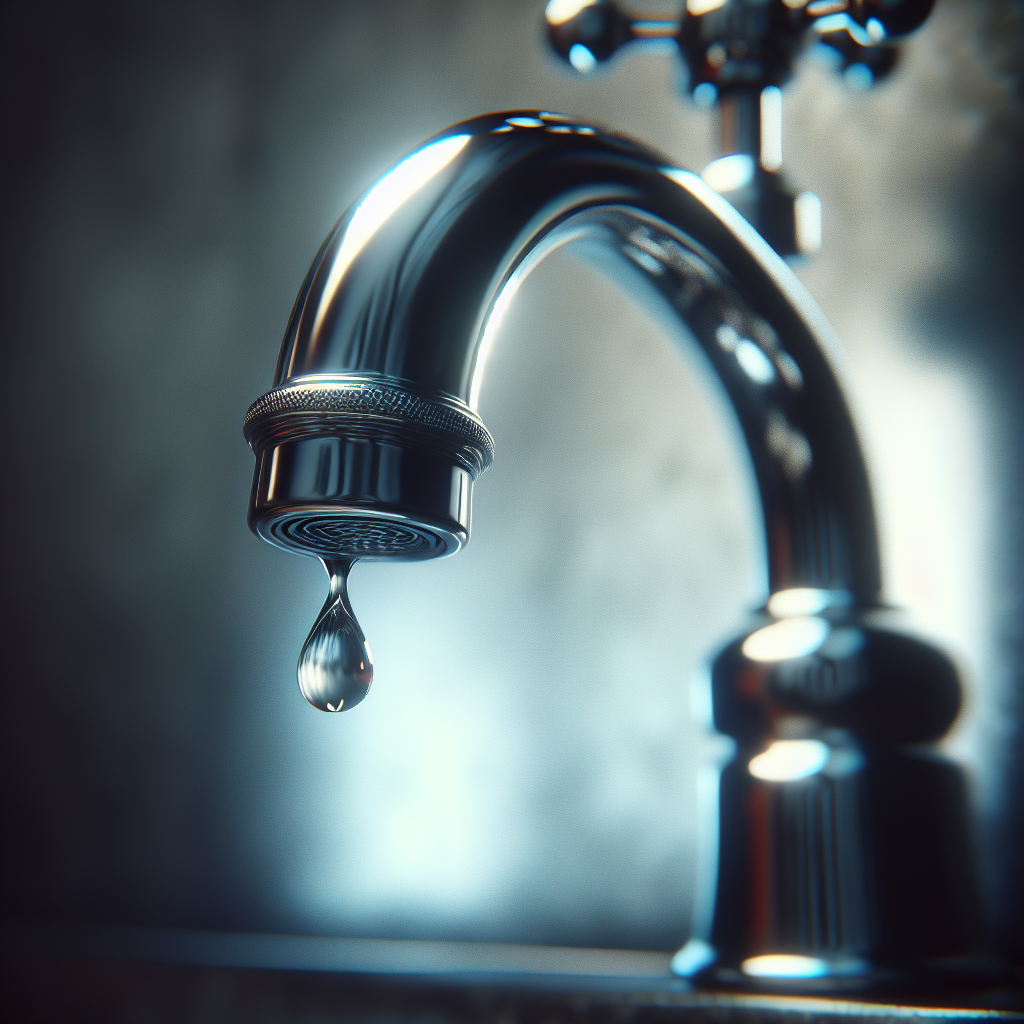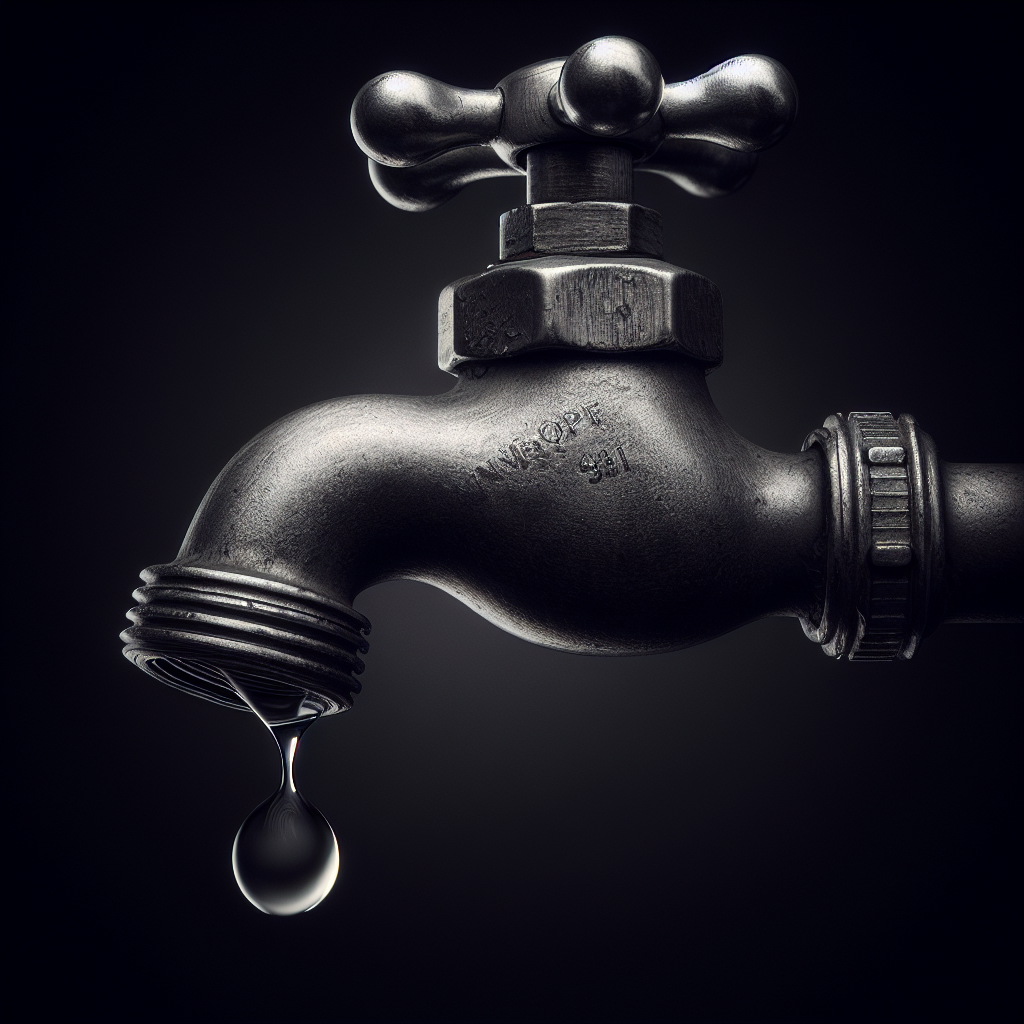Are you noticing an unexpectedly high water bill or experiencing a decrease in water pressure? It might be due to hidden water leaks in your home. Don’t worry, detecting and fixing these leaks doesn’t have to be a daunting task. In this article, you will learn some simple techniques to identify hidden water leaks and effective methods to fix them, allowing you to preserve water and save money in the process. By being proactive and addressing these leaks promptly, you can avoid potential damage to your property and maintain a sustainable and efficient water usage. Learn how to detect and fix hidden water leaks today!
Understanding the Importance of Detecting and Fixing Water Leaks
Water leaks can be a homeowner’s worst nightmare. Not only do they waste precious resources, but they can also cause serious damage to your property if left undetected and unfixed. Detecting and fixing hidden water leaks is essential to prevent further damage, save money on water bills, and avoid costly repairs in the long run. By being proactive and attentive to the signs and symptoms of leaks, as well as regularly inspecting your plumbing system, you can stay one step ahead and tackle any water leaks that may arise.
Signs and Symptoms of Hidden Water Leaks
Detecting hidden water leaks can be challenging, especially when they are concealed behind walls or underground. However, there are some common signs and symptoms that indicate the presence of a leak. Look out for unusually high water bills, the sound of running water when no faucets are turned on, damp or discolored walls or ceilings, musty odors, and mold or mildew growth. These symptoms may indicate a hidden water leak that needs your attention.
Locating Hidden Water Leaks
Once you suspect the presence of a hidden water leak, it’s crucial to locate its exact source before taking any further steps. Locating the leak can be a bit tricky, as it might not always be visible to the naked eye. However, there are several effective methods you can use to pinpoint the source of the leak.
Using a Water Meter to Detect Hidden Water Leaks
One of the simplest methods for detecting hidden water leaks is by using your water meter. Start by turning off all water-consuming appliances and faucets in your home. Take note of the meter reading and wait for a few hours without using any water. If the meter reading changes during this time, it indicates a leak somewhere in your plumbing system. By repeating this process with different sections of your plumbing, you can narrow down the location of the leak.
Checking Water Usage for Hidden Leaks
Monitoring your water usage can also be a valuable tool in detecting hidden leaks. Keep track of your water bills and compare them to your typical water consumption. A sudden and unexplained increase in water usage could be a sign of a leak. Additionally, installing water monitoring devices that provide real-time information on your water usage can help you identify abnormal patterns that may indicate hidden leaks.

Inspecting Plumbing Fixtures and Pipes for Leaks
Regularly inspecting your plumbing fixtures and pipes is an essential step in maintaining a leak-free home. Check under sinks, around toilets, and behind appliances for any signs of moisture or leaks. Inspect pipe joints, connections, and valves for any visible damage or corrosion. Even small drips or minor cracks should not be overlooked, as they can worsen over time and cause significant water damage.
Examining Toilet for Silent Leaks
Toilets are a common culprit for hidden water leaks, often referred to as “silent leaks.” These leaks occur when water continues to flow from the tank to the bowl even after flushing. To detect silent leaks, add a few drops of food coloring to the toilet tank and wait for approximately 15 minutes. If the water in the bowl changes color without flushing, it indicates a silent leak that needs immediate attention.
Inspecting Appliances for Water Leaks
Appliances such as dishwashers, washing machines, and refrigerators that have water supply lines can also be a potential source of hidden leaks. Regularly inspect these appliances and their connections for any signs of leaks or drips. Check the hoses, valves, and fittings for any damage or wear. It is particularly important to pay attention to the area behind the appliances, as leaks can often go unnoticed in these hidden spaces.
Performing a Dye Test to Detect Leaks
If you suspect leaks in hard-to-reach areas like walls or flooring, a dye test can help confirm their presence. Dilute a few drops of food coloring in water and apply it to the suspected area. If the color seeps through the surface or appears in a different location, it indicates the presence of a hidden water leak. This method can be especially useful for identifying leaks in shower tiles, bathtub caulking, or grout lines.
Using Thermal Imaging Techniques to Identify Hidden Leaks
For more advanced detection of hidden water leaks, thermal imaging techniques can be incredibly helpful. Thermal cameras can detect temperature anomalies caused by water leaks, allowing you to pinpoint the exact location of the leak. By capturing infrared images, these devices can reveal hidden moisture behind walls, under flooring, or within ceilings. While thermal imaging can be a more expensive option, it can be beneficial in identifying and fixing leaks before they cause extensive damage.

Fixing Hidden Water Leaks
Once you have detected the source of a hidden water leak, it is crucial to take immediate action to fix the issue. Prompt repairs can prevent further damage, save water, and minimize the risk of mold or structural damage to your home.
Repairing Leaking Pipes and Plumbing Fixtures
When it comes to leaking pipes and plumbing fixtures, repairing or replacing the damaged components is essential to stop the leaks. Depending on the severity of the leak, you may need to hire a professional plumber to ensure proper repairs. If the leak is minor, you might be able to fix it yourself by applying pipe sealant or tightening loose connections. However, for major leaks or extensive damage, it is always recommended to seek professional help to avoid further complications.
Addressing Leaks in Toilets and Faucets
Leaking toilets and faucets can waste a significant amount of water if left unfixed. Fortunately, these leaks are often relatively easy to repair. In most cases, the culprit is a worn-out or faulty flapper valve or a damaged washer in the faucet. Replacing these components can solve the problem and stop the leaks. If you are unsure about the necessary repairs, consulting a professional plumber can ensure a proper fix.
Fixing Leaking Appliances
When it comes to appliances with water supply lines, fixing leaks can vary depending on the specific appliance. In some cases, you may need to replace a faulty hose or valve. For others, such as refrigerators with built-in ice makers, you might need to seek the assistance of a professional technician. Remember that safety should always be a priority when dealing with electrical appliances, so if you are unsure, it is best to consult a professional.
Sealing Leaks in Shower and Bathtub Areas
Shower and bathtub areas are prone to water leaks due to the constant exposure to moisture. Over time, grout lines can crack and caulking can deteriorate, allowing water to seep through and cause damage. Inspect these areas regularly and reseal any cracks or gaps with a suitable waterproof sealant. Proper sealing not only stops leaks but also helps prevent water damage, mold growth, and costly repairs in the future.
Repairing Leaks in the Foundation or Basement
Leaks in the foundation or basement can be particularly concerning, as they can compromise the structural integrity of your home. If you notice signs of water intrusion or dampness in these areas, it is crucial to address the issue promptly. Repairing foundation or basement leaks often involves waterproofing measures such as installing a sump pump, applying sealants, or diverting water away from the foundation. Due to the complexity of these repairs, it is advisable to consult a professional contractor specializing in foundation repair.
Preventing Future Hidden Water Leaks
While fixing existing hidden water leaks is essential, taking preventive measures can go a long way in avoiding future leaks and minimizing the risk of extensive damage.
Regularly Monitoring Water Usage
One of the simplest ways to detect hidden leaks early on is by regularly monitoring your water usage. Keep track of your bills and be attentive to any suspicious spikes in water consumption. By catching leaks early, you can address them before they escalate and become more challenging to fix.
Properly Maintaining Plumbing System
Maintaining your plumbing system is vital to prevent hidden water leaks. Regularly inspect pipes, fittings, and valves for any signs of wear, corrosion, or damage. Replace outdated or worn-out components promptly to avoid potential leaks. Additionally, scheduling routine maintenance with a professional plumber can help identify and address any potential issues before they become major problems.
Installing Leak Detection Devices
Installing leak detection devices can provide an added layer of protection and peace of mind. These devices can detect even the smallest water leaks, sending alerts to your smartphone or a monitoring system. Some devices can also automatically shut off the water supply if a leak is detected, preventing further damage. Consider installing these devices in key areas such as near water heaters, under sinks, or in basements for early leak detection and fast response.
By understanding the importance of detecting and fixing hidden water leaks, recognizing the signs and symptoms, and following the appropriate steps for detection and repair, you can protect your home from unnecessary damage and ensure efficient use of water resources. Remember, early detection and prompt action are key to preventing hidden water leaks from becoming costly and disruptive problems in the long run.

